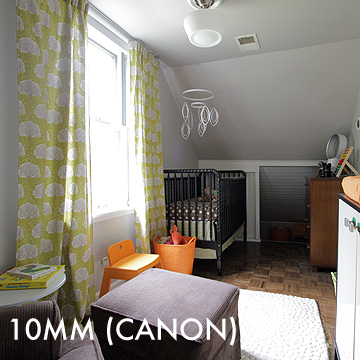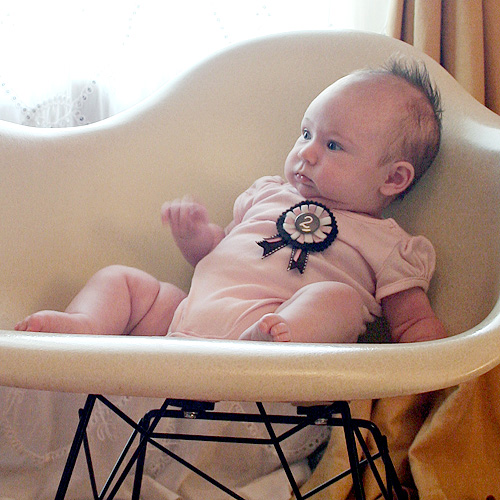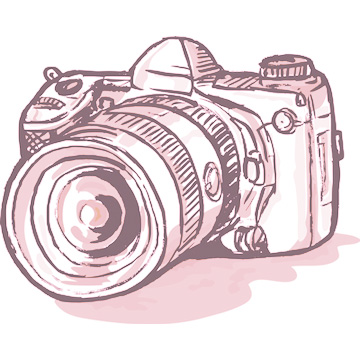
Wide Angle Lenses
I rented two wide angle lenses this week: a Canon EF-S 10-22mm f/3.5-4.5 USM and a Tokina 11-16mm f/2.8 AT-X…June 23, 2011
Sisters, 1990
That's me and my little sister, Ashley, circa 1990. My Uncle Ray used to be a professional photographer, but this…June 14, 2011
Documenting Your Baby in a Monthly Photo Series
This post on photography tips is brought to you by your fellow photo lovers at Shutterfly. They encourage you to…June 7, 2011
Olde-Timey Muscle Man
Babies are awesome. When they're sleepy, you can put them down, run downstairs to cut out some barbells from construction…June 5, 2011
Five Important Tips for Photographing Your Home
This post on photography tips is brought to you by your fellow photo lovers at Shutterfly. They encourage you to…May 31, 2011
Upgrading from a Basic Canon Rebel DSLR
I've been focusing a lot on photography lately. I learned how to use my camera in manual mode as part…May 9, 2011

Wide Angle Lenses
I rented two wide angle lenses this week: a Canon EF-S 10-22mm f/3.5-4.5 USM and a Tokina 11-16mm f/2.8 AT-X 116 Pro DX. I wanted…

Sisters, 1990
That’s me and my little sister, Ashley, circa 1990. My Uncle Ray used to be a professional photographer, but this was just a quick snap…

Documenting Your Baby in a Monthly Photo Series
This post on photography tips is brought to you by your fellow photo lovers at Shutterfly. They encourage you to capture your memories and share…

Olde-Timey Muscle Man
Babies are awesome. When they’re sleepy, you can put them down, run downstairs to cut out some barbells from construction paper, grab your camera, arrange…

Five Important Tips for Photographing Your Home
This post on photography tips is brought to you by your fellow photo lovers at Shutterfly. They encourage you to capture your memories and share…

Upgrading from a Basic Canon Rebel DSLR
I’ve been focusing a lot on photography lately. I learned how to use my camera in manual mode as part of my Thirty Before 30…
